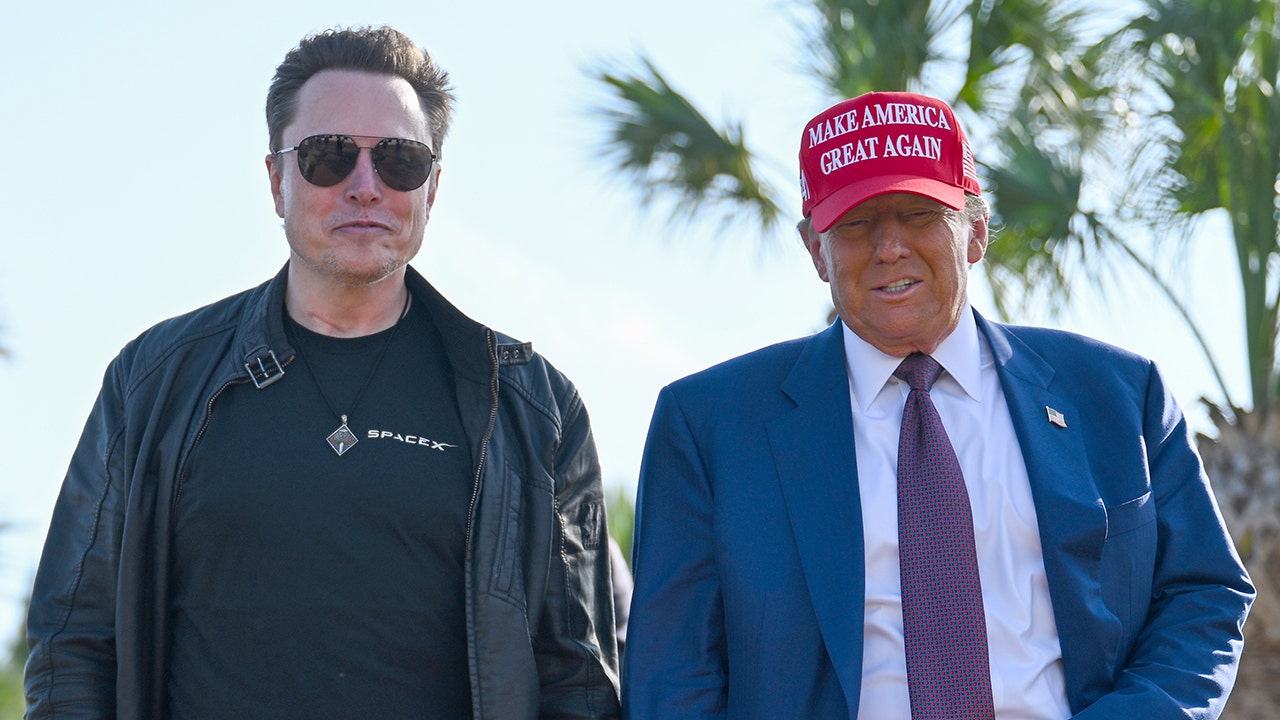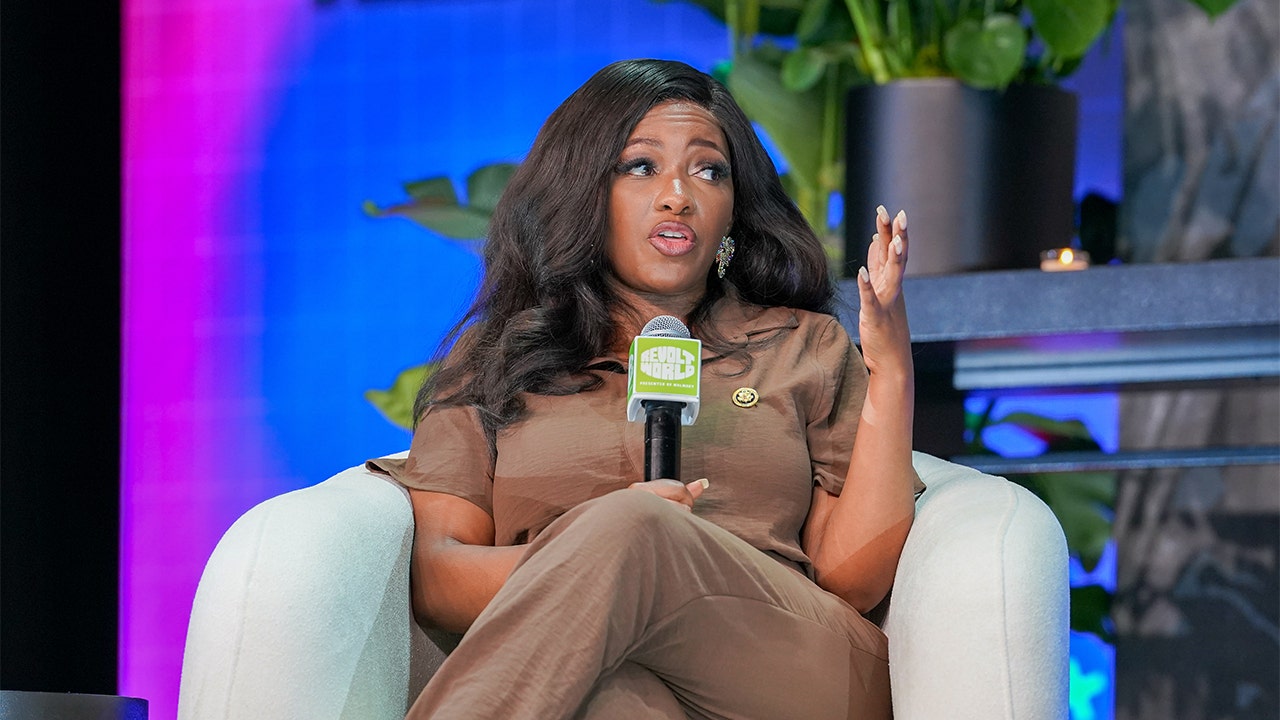Elon Musk is ushering a chronically online generation into Trump’s second term.

President Donald Trump’s second term has seen a revolution in the way he communicates with the public, thanks to the emergence of Truth Social. Similar to how he used Twitter during his first term, Trump now uses Truth Social to share his thoughts, policy announcements, and commentary on the news. The platform has become a hub for loyal Trump supporters who use it to rally around his policies.
On the other hand, Elon Musk, self-proclaimed “White House Tech Support,” has ushered in a new era of online engagement with his platform, X. With 216 million followers, Musk uses X as a way to engage with Americans in real time, confirming and dispelling information about his Department of Government Efficiency (DOGE) as it unfolds. His account is a mix of memes, AI edits, and political commentary, creating a space for vibrant political debate.
Musk’s approach on X is more interactive, with polls asking followers to weigh in on various government audits and investigations. He also uses the platform to respond to trending posts and spark political discussions with Democratic leaders. Despite facing backlash from Democrats in Congress, Musk remains undeterred in his mission to engage with the American people through X.
Meanwhile, Trump’s return to X comes as he continues to prioritize Truth Social for his official announcements and policy updates. While Trump and Musk have had their differences, particularly regarding AI investments, both continue to use their respective platforms to communicate with the public in their own unique ways.
As the owner of X, Musk has become one of the most followed individuals on the platform, surpassing even Trump’s combined follower count on both Truth Social and X. With an emphasis on protecting free speech, Musk’s presence on X has shifted the platform’s political landscape, with Republicans viewing it more positively since his arrival.
In a rapidly changing online landscape, both Trump and Musk are leveraging their platforms to engage with the public and shape the political discourse. While their approaches may differ, both men are using technology to connect with Americans in new and innovative ways, ushering in a new era of online communication in politics.




